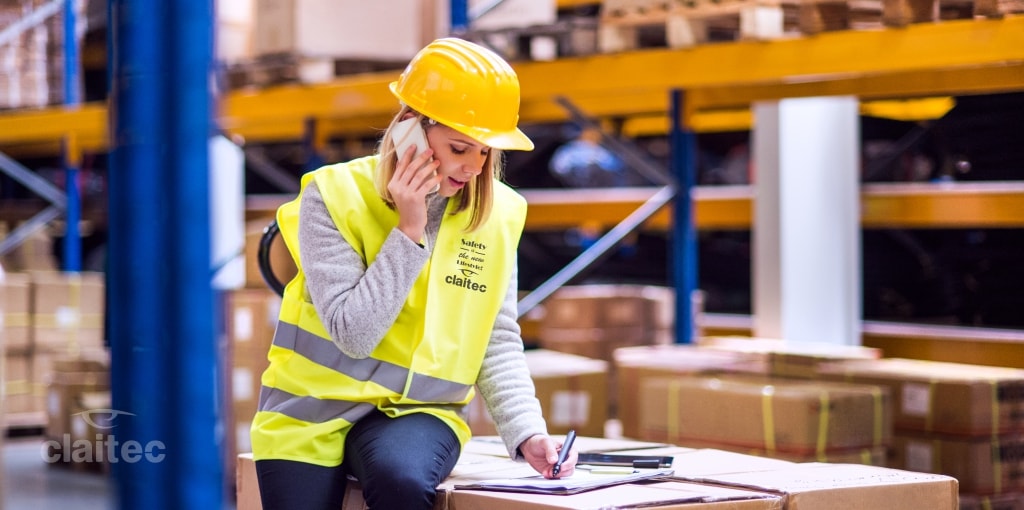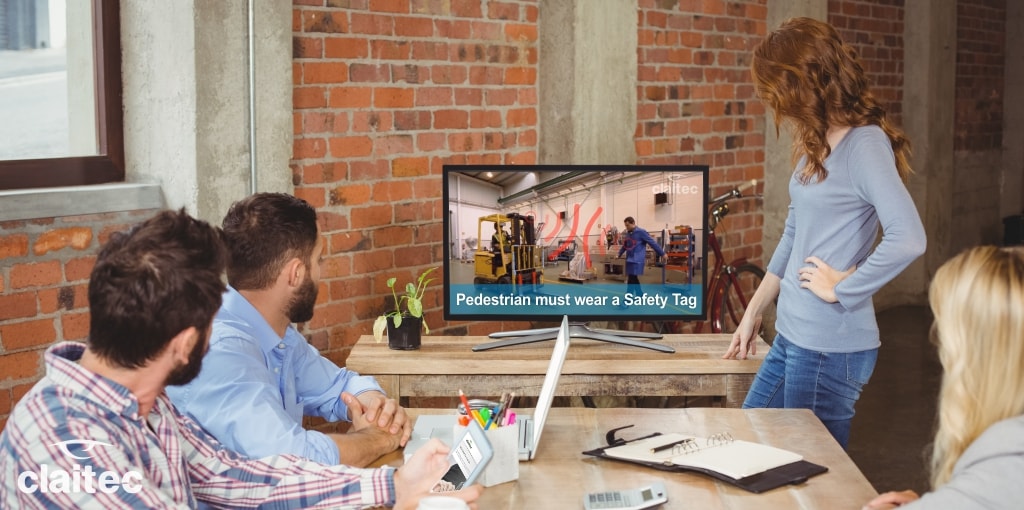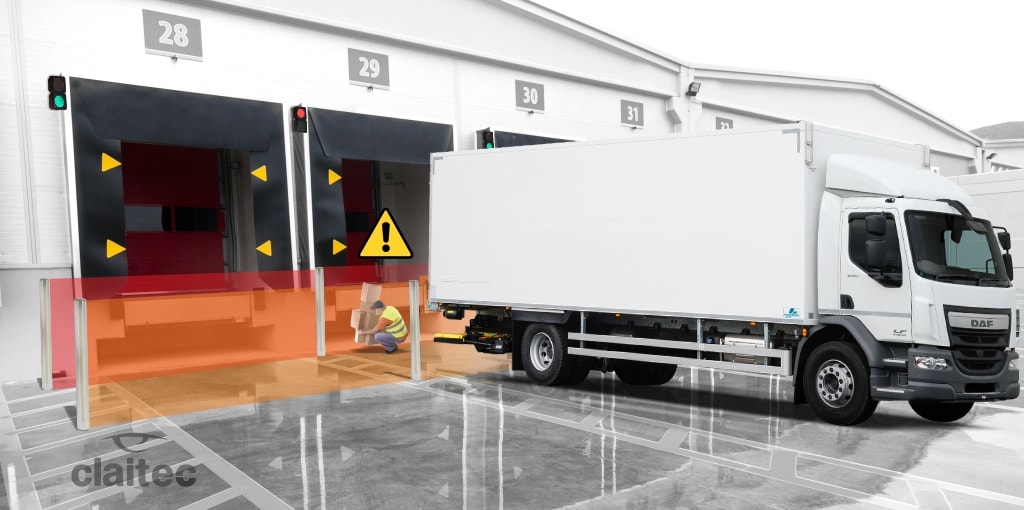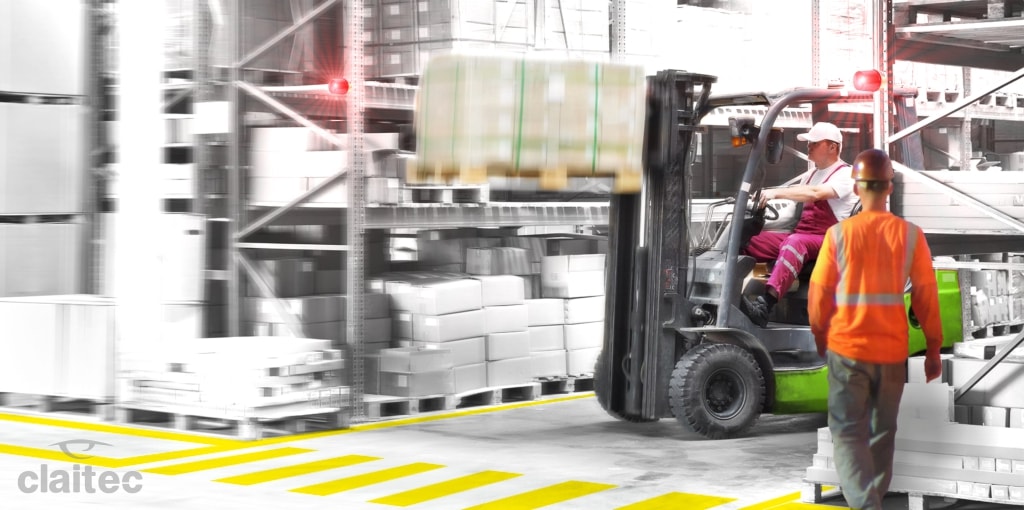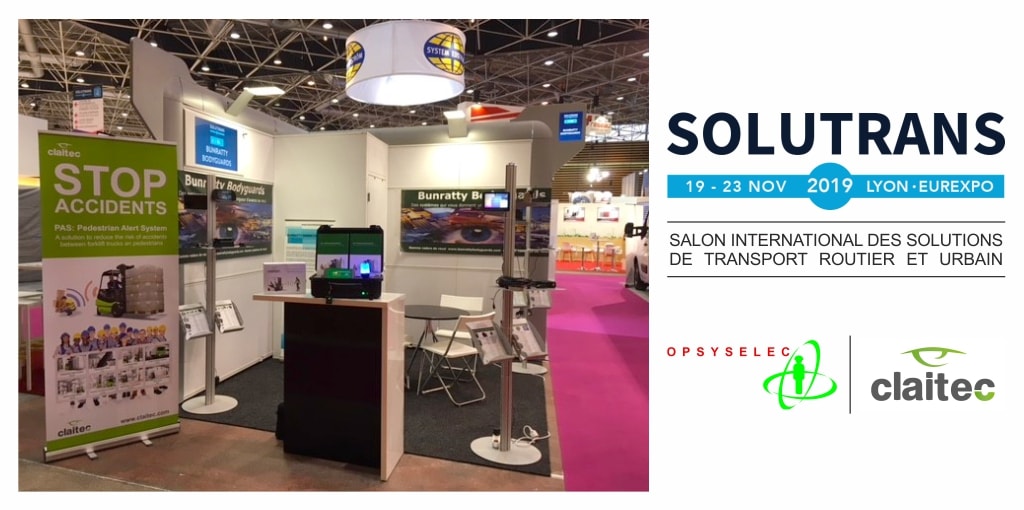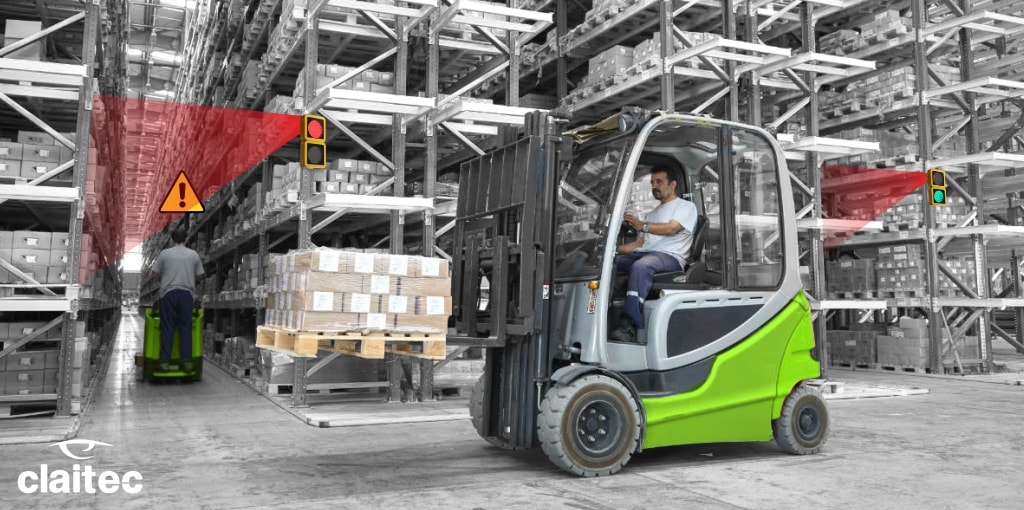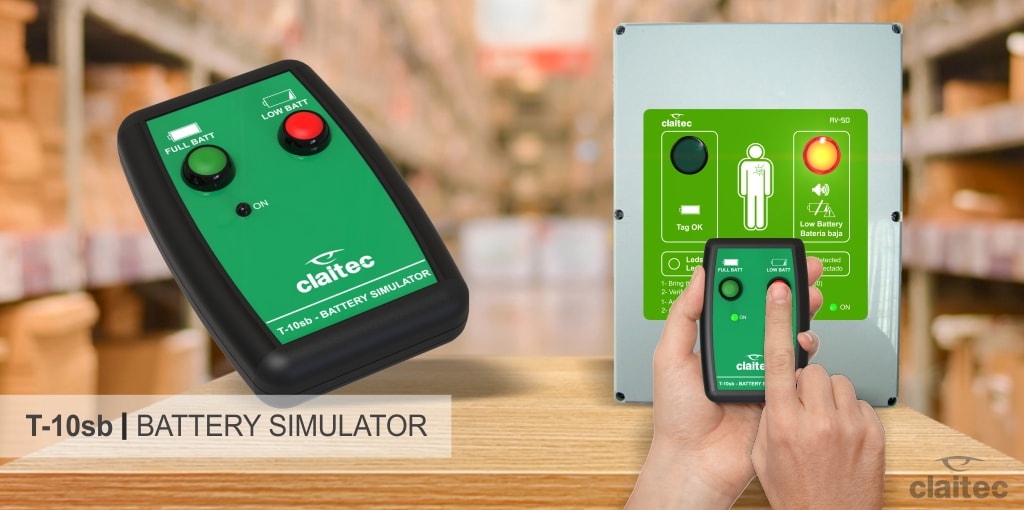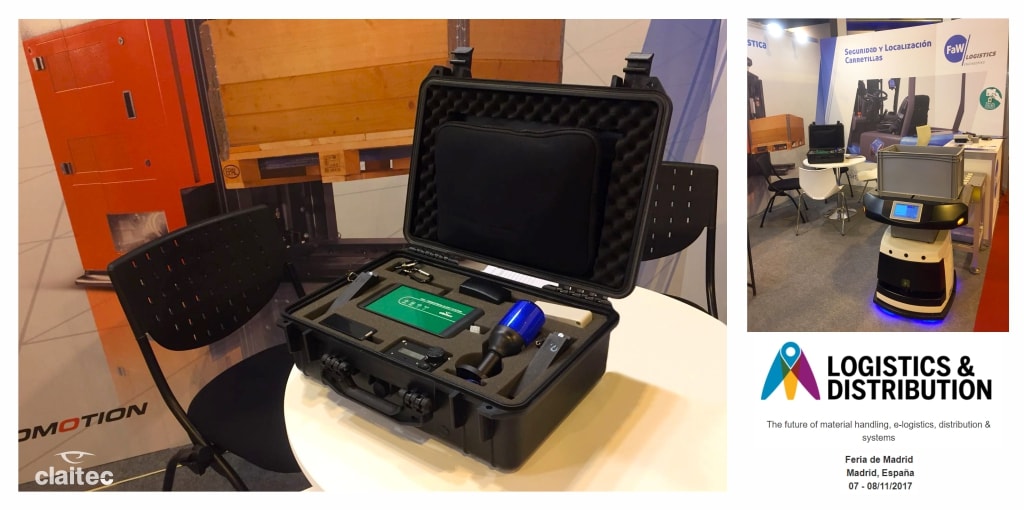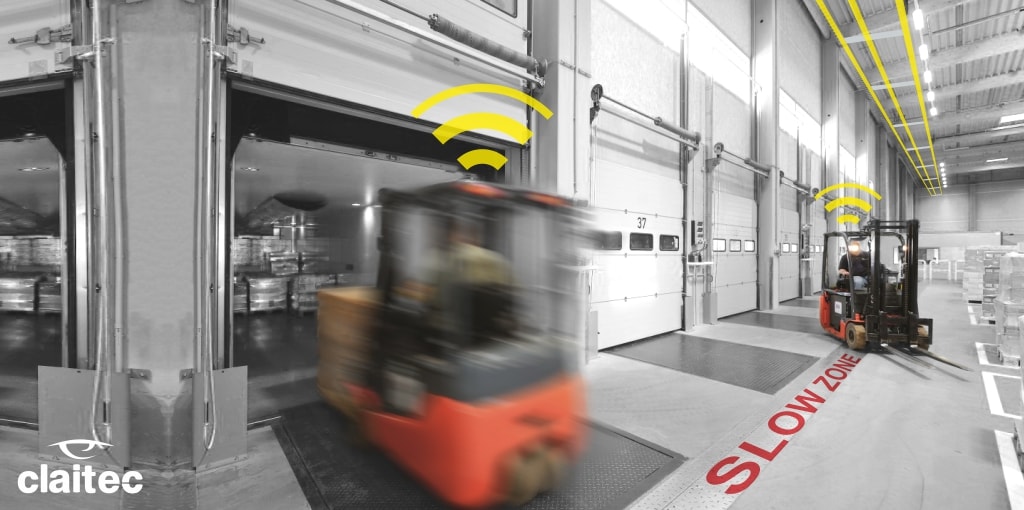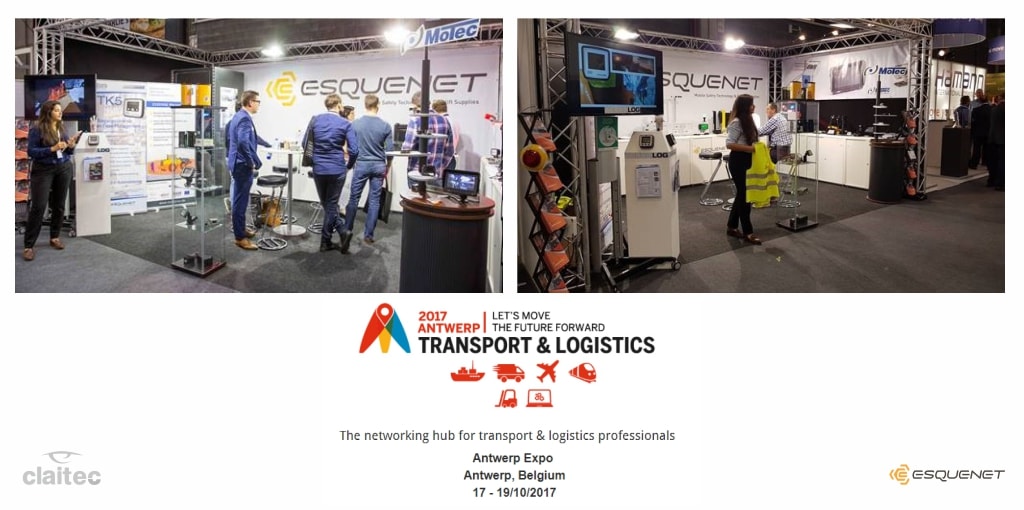Our previous article explained the importance of safety training in the prevention of accidents in the workplace. Following with that same line, today we’d like to address a very important issue of current concern throughout the world: the use of mobile phones during working hours.
Mobile phones are already a fundamental part of our lives. Our routines include the use of the mobile phone during a good part of our day for a range of different activities – from personal conversations with family and friends to a professional use to handle some of our responsibilities.
However, we also know that using mobile phones during working hours can not only result in lost efficiency, but it also becomes a significant risk factor, especially in areas of concern to us such as the industrial world, factories and cargo handling facilities.
But what can be done about the use of mobile phones at work? Should we ban them? Should we punish the user? The truth is that there is not a single answer for these questions, but there are a number of different recommendations that are being put into practice by companies around the world, including some of the largest corporation.
Some of the current trends we can use as example include the signing of labour agreements with employees or trade union representatives stating that the use of mobile phones is not allowed during working hours and establishing the possibility of sanction if this rule is not respected.
Another option is to install signage indicating the areas where mobile phone usage is permitted and those where it is prohibited. Some companies also install warning signs on forklifts to alert the drivers and remind them of the responsibilities they assume from the first moment they start driving or handling loads. Posters on the subject are also placed in common spaces – such as changing rooms – reminding employees of the risks linked with mobile phone usage.
On the other hand, some companies place posters reminding operators that certain spaces – such as rest areas, dining rooms or patios – are suitable for mobile use, going as far as making WI-FI network available to them. Installing these posters is a way of saying to operators: “You can now use your mobile phones but remember that you will not be able to do so afterwards”.
Beyond the different measures that can be taken in the matter of mobile phones, the key is to accompany all the actions with solid training and awareness campaigns on the risks involved in using mobile phones in work areas, and to report the increased number of accidents when security parameters in this regard are not followed.
Would you like more information about how to reduce risks in your factory or plant?
Please, don’t hesitate to contact us.
